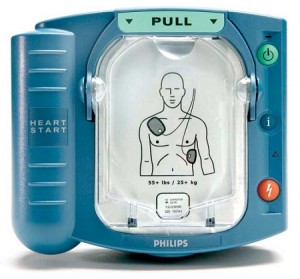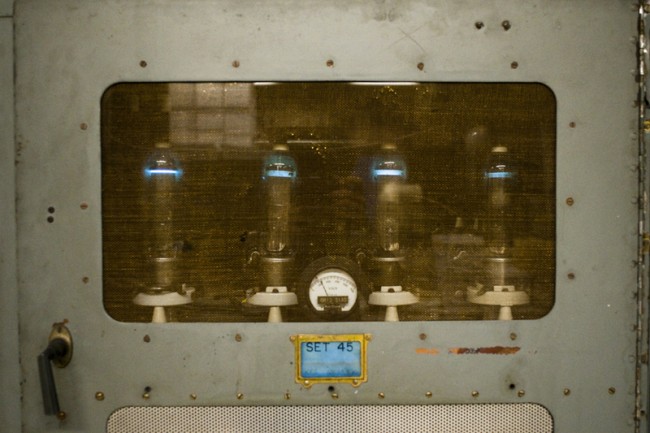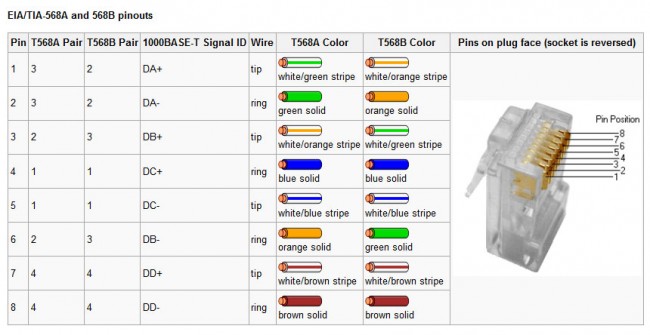One of the things that was drilled into my head when in the military was first aid, which we were all required to learn. Those of us who worked around high voltages were also required to know CPR, including passing the American Red Cross CPR course. I have used CPR on three separate occasions, and none of the victims lived to tell about it. I have been told by my wife’s cousin, who is an ER doctor, that that result is fairly typical, especially in older persons with heart conditions, which in two instances was the case.
I have always carried a standard first aid kit in my truck. Things like band-aids, gauze pads, sterile water, Hydrogen Peroxide, medical tape, splints, antimicrobial cream, blankets, etc. Nothing hugely complicated, something like this unit. I have used it recently at accident scenes, which I tend to stop if it looks like they need help.
To complete this, I have also purchased an AED. As one medic once said, if a heart gets shocked out of sinus rhythm, it can be easily shocked back into sinus rhythm provided it is done quickly. Working on high-voltage power supplies always entails some risk, even when all safety procedures are followed. As little as 60 mA can cause arrhythmia. Dry skin has a resistance of about 300 ohms, which means that 180 VDC is the threshold for fatal shocks. This value is much lower if the skin is wet. Any shock received through either hand is likely to travel through the chest and can effect the heart. Many of the transmitter sites we service are remote, medical help may be 30-60 minutes away under good conditions. Having an AED on hand is just a little bit of extra insurance, that will hopefully never have to be used.
CPR procedures have been updated in the last few years, if one has not recently reviewed them, it might be worthwhile to take a refresher course. I will say, hands-only CPR is an improvement not only because it is more effective, but also because most heart attack victims vomit and lose control of their bowls. Reduced contact with someone else’s stomach contents is always welcome. This AED came with a training video CD. While AEDs are designed to be intuitive, having training on their use is always a good idea. The Red Cross also gives classes that include the use of an AED with hands-only CPR.







I’m surprised the SBE doesn’t seem to concentrate on safety issues at all. Western Union and AT&T had dead-lock keys at sites with high voltages running traveling wave tubes that added another level of protection. Bleeder resistors in radio transmitters using tubes can occasionally open up and the grounding stick should always be used. Another thing worthy of mention is carrying a fire extinguisher in vehicles, as some remote sites have none.
Having been a firefighter for 8 years, I understand that you lose more than you win with CPR. The earlier it’s started, the better the chance for the patient to live. That’s why CPR training for the general public is a good idea. I was ecstatic when I heard of the study that showed that compression-only CPR was just as effective (if not more so) than compression plus breathing CPR. That means a bystander is more likely to help out. Great advice on maintaining proficiency through a refresher course. There’s no such thing as “too prepared”.
Personally, I was lucky in the countless times I did CPR. I managed to bring back three, one from CPR alone. You don’t forget those.
And you cannot emphasize enough the importance of training with an AED. This is especially true if the patient is someone with a pacemaker.